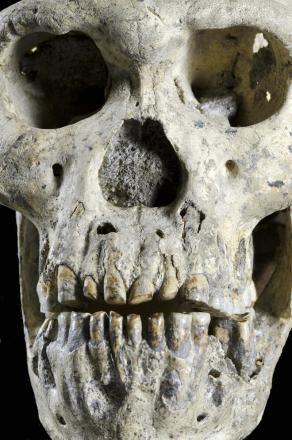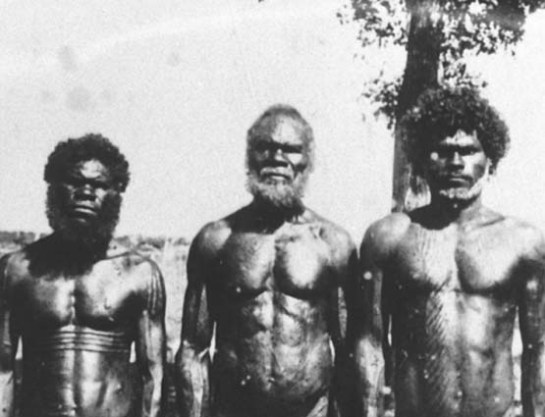Here you have some films that we selected, enjoy it!
L’Odyssée de l’espèce (A Species Odyssey)
A French documentary directed by Jacques Malaterre in 2003, about the origins of Mankind from the moment when the first primate stood up on their hind legs until it becomes a modern Man.
La guerre du feu (Quest for Fire)
A Jean-Jacques Annaud film, French, from 1981.
The film takes place in prehistoric time when three prehistoric tribesmen search for a new fire source.
Inherit the Wind
Inherit the wind is a film that was directed in 1960 by Stanley Kramer and is based on a real-life case in1925, when two great lawyers argue the case for and against a science teacher accused of the crime of teaching evolution.
2001: A Space Odyssey
A film from 1968, directed by the famous Stanley Kubrick.
In this film humanity finds a mysterious, obviously artificial, object buried beneath the Lunar surface and, with the intelligent computer H.A.L. 9000, sets off on a quest.
*Our blog header image is from this film!!
Rise of the Planet of the Apes
A film directed by Rupert Wyatt in 2011.
A biotechnology company is testing some drugs with chimpanzees to find a cure for brain illnesses such as Alzheimer, however, their experiments failed and this compound gives rise to a super-intelligent chimp.
Planet of the Apes
Here you have an American science fiction film from 1968 directed by Franklin J. Schaffner.
An astronaut crew crash on a mysterious planet in the distant future where intelligent talking apes are the dominant species while humans are the oppressed.



